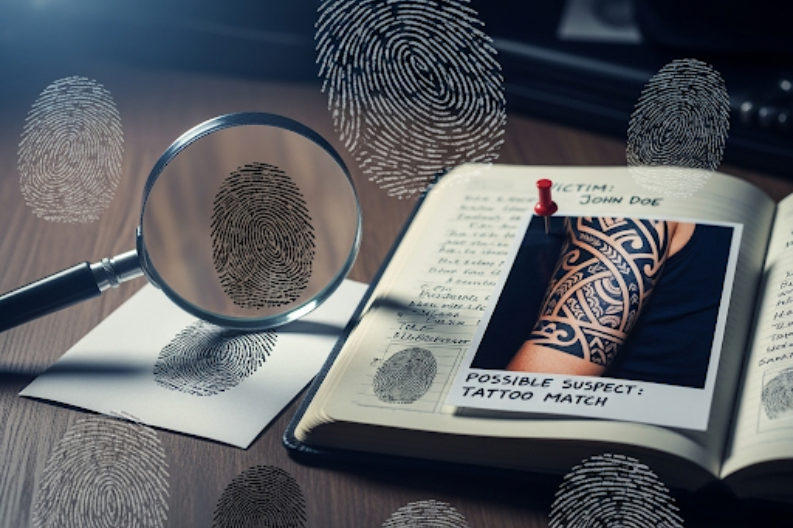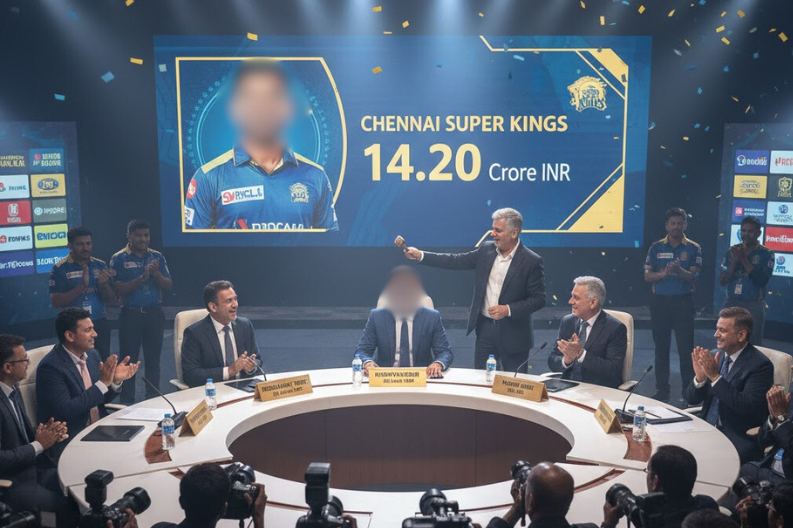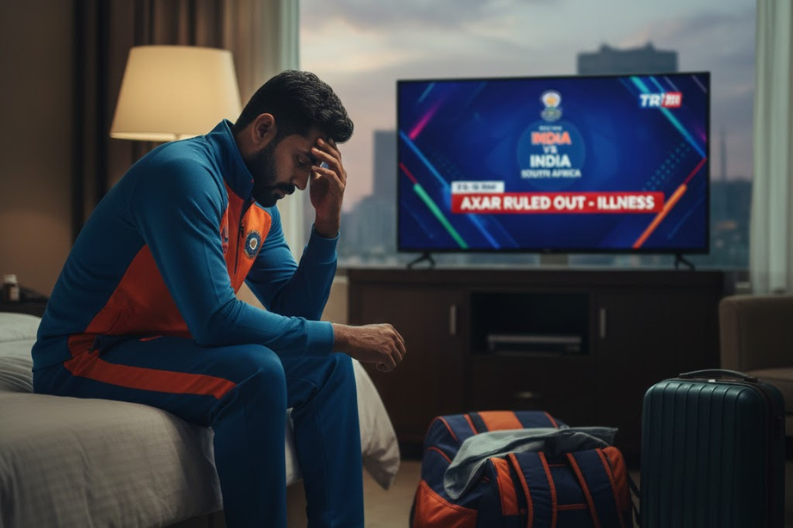On July 6, police found a man’s body near farmhouses in Sohna, Haryana. His throat was slit, and his hands and eyes were tied with a dupatta. Soon after, investigators noticed a tattoo on his arm that gave them their first real lead.
Because the victim carried no ID and no one came forward to claim him, police faced a serious challenge. However, the tattoo bore a woman’s name, so they began tracing it. At the same time, they scanned his fingerprints in state crime records, but those checks failed. Consequently, they expanded the search to the National Crime Records Bureau, which stores digital fingerprints. This step finally gave them the breakthrough they needed.
The fingerprints matched a 25-year-old man named Sameer. Earlier, Rishikesh police had accused him of a case involving a missing minor girl. Moreover, the name tattooed on his arm matched that of the same girl. Sameer had met her during her elder sister’s wedding in Rishikesh, and they soon fell in love. Later, authorities booked him under the Protection of Children from Sexual Offences (POCSO) Act. After his release in 2024, he reunited with the girl, and together they moved to Ballabgarh, Faridabad.
On July 7, Sameer’s family reported him missing, just a day after the body surfaced. When police contacted them, they confirmed his identity. Meanwhile, investigators discovered that the girl’s brother, Sonu, had grown furious about her elopement and wanted revenge. Because of this anger, he conspired with others. Sonu worked in a factory in Bhiwadi, Rajasthan, and he roped in his landlord, Leela Devi, her husband, Ramsadan alias Vicky, and two more men—Mahesh from Khori Kalan village in Nuh and Aleem Khan from Shahdol village in Tijara.
On July 4, Sonu and his accomplices kidnapped Sameer from Ballabgarh. They kept him overnight at their rented house in Bhiwadi. The next evening, they took him to Sohna and killed him.
Soon after, police arrested several members of the group. Currently, Leela Devi remains in police custody, while the others are in judicial custody. However, Sonu, the main accused, is still absconding. As a result, officers have registered an FIR at Sohna City Police Station under charges of murder, conspiracy, and kidnapping. They continue to pursue Sonu.
Ultimately, this case shows how technology and persistence can solve even the toughest crimes. Fingerprint databases connected the dots when nothing else did. In addition, the investigation revealed how personal disputes can cross states and end in tragedy. Above all, it highlighted the determination of law enforcement and the value of modern tools in bringing justice to communities.



